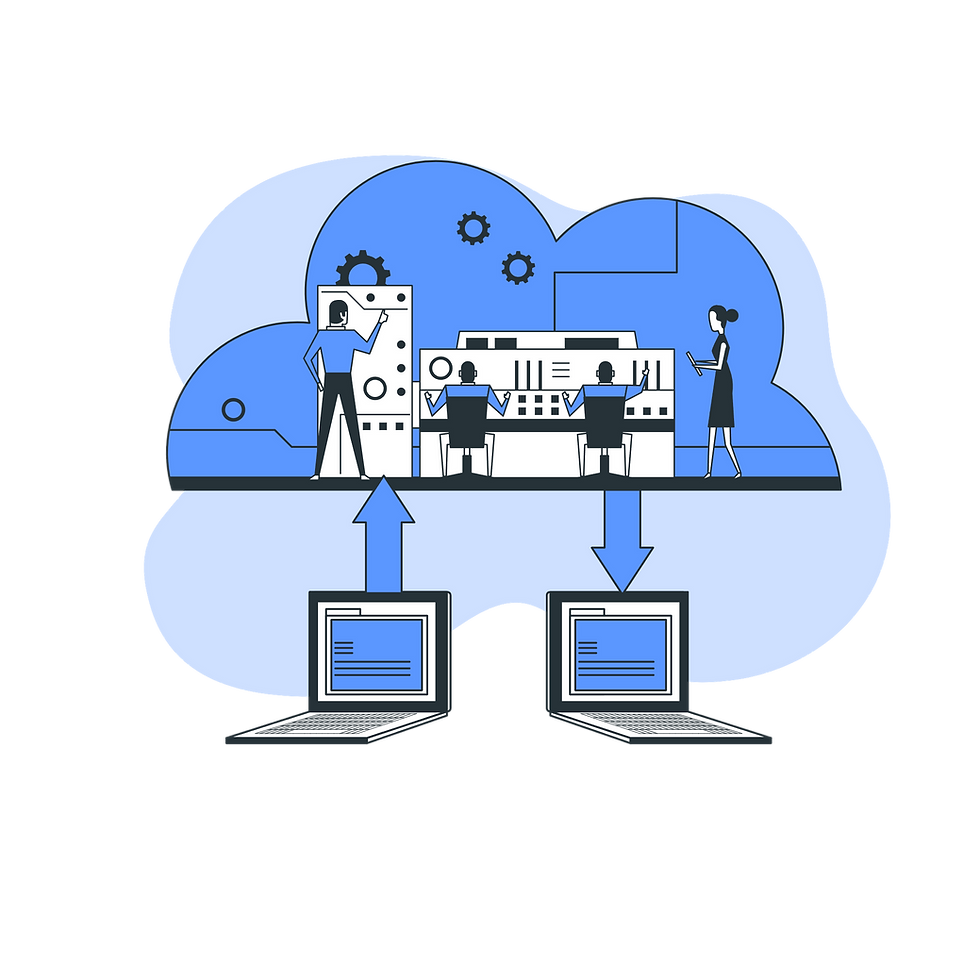Striking the Right Balance Between AI Development and User Privacy: The Apple Way.
- Miguel

- Sep 9
- 3 min read
As we advance in our everyday lives and artificial intelligence continues to be a part of life, one of the biggest issues has started to become apparent; how can we as a society continue to live with the growing capability of artificial intelligence and not infringe on the privacy of those that use it? The majority of technology companies are building their business models around amassing a colossal volume of user information, whereas Apple has chosen to do things its way, developing a unique business model that tries to balance strong AI with an obsessive focus on user privacy. The report outlines the privacy-first strategy concerning Apple AI work, and the key principles and technologies that protect user data.
A User Privacy - First Framework
The Foundational Principle
One of the key principles on which the company depends is that privacy is a human right at Apple. Instead of teaching its AI models with the personal data of its users, the company has chosen another path, where the AI is brought to the information of the user and not the other way round. This is the principle that will help them to create all their AI in such a way that the information of the users will not be disclosed to the third parties and can be considered safe.

On-Device Processing
The basis of the AI strategy introduced at Apple is on-device processing. Many AI features and capabilities, such as facial recognition in Face ID, smart photo organization, and many more, are entirely controlled and managed on the device of the user. This would be the most privacy-protective option because the personal data will not stay under the control of another party and is not collected by Apple. It allows the AI to learn the personal history of a user without gathering and storing his/her information.

Private Cloud Compute
Apple utilizes a more sophisticated technology called Private Cloud Compute (PCC) to carry out more sophisticated tasks that cannot be executed by a device with the required level of computational power. On demand, the device will analyze its ability to perform the work on its own; otherwise it sends only the data necessary to perform the task to an Apple silicon-based server owned by the user. They are set to process stateless, i.e. user information is passed through to process a specific request and lost permanently, never recorded again and never made available to Apple employees.

Openness and Verification
As a way of winning the trust of its users, Apple has taken it upon itself to ensure that its systems are transparent and verifiable. Each build of the PCC is published as a full software image by the company. This helps security researchers who are not employed by the company to verify the code and approve the privacy claims made by Apple. Only after the software has been publicly logged and verified will the device used by the user be able to communicate with a server.

The User-Centric Approach
Even partnerships that Apple has with third parties, such as the use of ChatGPT, rely on this privacy-first model. Users are specifically requested to authorize any transmission of information to a third party service before the information is sent. By placing the user at the heart of the AI experience, Apple is defining a new paradigm of how AI can be constructed, addressing individual control, and transparency.












